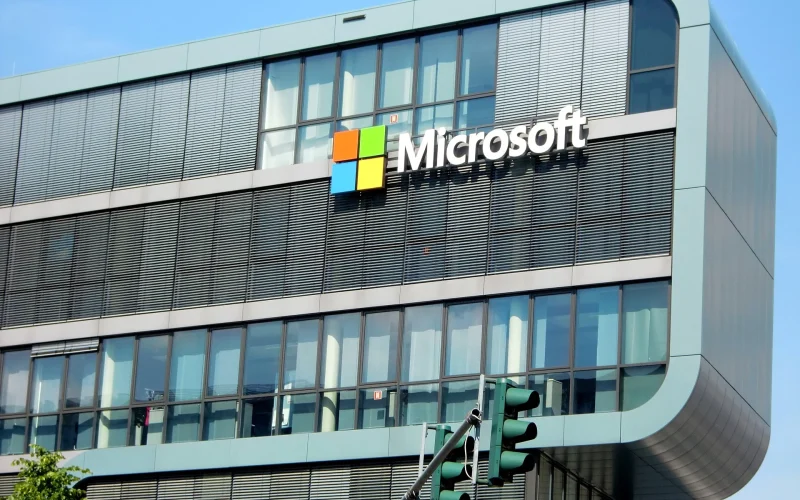Helion Energy, a nuclear fusion startup backed by OpenAI CEO Sam Altman and SoftBank’s venture capital arm, has begun construction on a planned fusion power facility in Malaga, Washington, aiming to supply electricity to Microsoft data centres by 2028.
The site, located along the Columbia River in central Washington, is strategically positioned to leverage existing grid infrastructure from the nearby Rock Island Dam hydroelectric plant. Although final permitting from the state government is still pending, Helion stated the construction milestone keeps it on course to honour a power supply agreement signed with Microsoft in 2023.
Fusion energy, which involves fusing atomic nuclei to release energy, has long been viewed as a potential clean power source. Unlike conventional nuclear fission, it does not emit significant greenhouse gases or generate large volumes of long-lived radioactive waste. However, no project has yet achieved net energy gain—producing more energy than it consumes to sustain the reaction.
Helion is continuing its research with a prototype called Polaris at its Everett, Washington facility. The new reactor in Malaga, named Orion, will incorporate components built from Polaris and is expected to connect directly to Washington’s main electricity grid.
“We’ll actually be able to connect to the exact same grid just upstream of the Microsoft data centres,” Helion co-founder and CEO David Kirtley said.
Microsoft has expressed consistent support for nuclear energy as part of its carbon-free energy strategy and has previously entered agreements for power from conventional fission sources. Fusion remains a longer-term investment for the tech giant.
“Over the last three, four years, you’ve been seeing from across the fusion space different types of milestones being met by other companies and peers, Helion included,” said Melanie Nakagawa, Microsoft’s chief sustainability officer. “There’s a lot of optimism that this could be the moment that fusion actually comes forward within this decade, or near in this decade.”





















